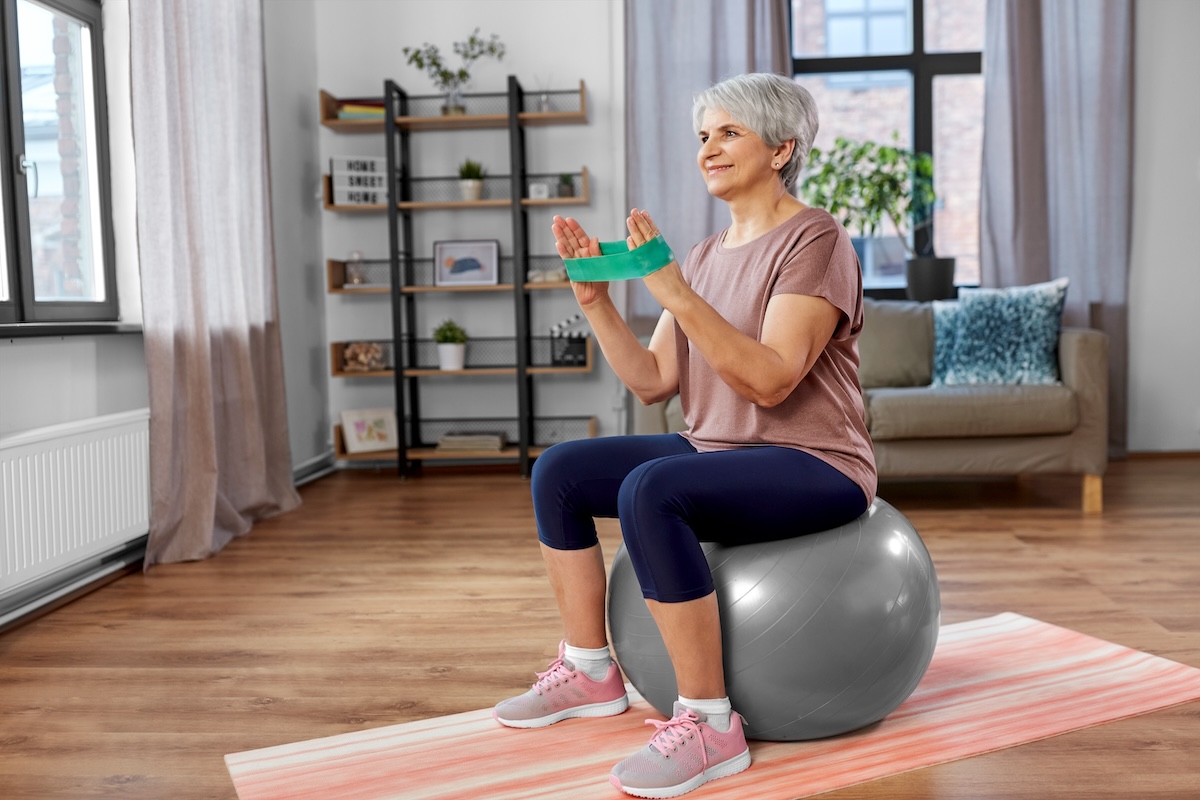Bouncing Back with Confidence After a Fall

For many older adults, the fear of falling can overshadow their daily lives, impacting how they engage with the world. Maintaining confidence is crucial for an active and healthy lifestyle, and the Lakeshore Senior Living team is exploring how individuals can rebuild their confidence after a fall, empowering them to continue enjoying life without unnecessary restrictions!
Understanding the Causes of Falls
Falls can happen due to a variety of reasons. Common factors include environmental hazards like slippery floors, uneven surfaces, or poor lighting. Physical conditions such as reduced muscle strength, balance issues, and chronic health problems like arthritis or vision impairments also contribute. Identifying these risk factors is the first step in preventing future falls and fostering a safer living environment.
It’s important to note that certain medications can also affect balance and coordination, increasing the likelihood of a fall. Individuals should regularly consult with their healthcare providers to review their medications and make necessary adjustments. Additionally, understanding personal health issues that may lead to falls, like weakness or dizziness, can help older adults take proactive steps in fall prevention and managing their safety
The Psychological Impact of a Fall
Experiencing a fall can be emotionally challenging. It often leads to a loss of confidence, causing feelings of fear and anxiety about moving around. This fear can be overwhelming, resulting in social isolation as individuals may withdraw from activities they once enjoyed.
Addressing these emotions is just as important as physical recovery. Acknowledging the psychological impact of a fall is the first step in rebuilding confidence. Individuals should not hesitate to seek emotional support from friends, family, or mental health professionals. Open discussions about their feelings can help alleviate fear and pave the way toward emotional healing.
Strategies for Physical Recovery
After a fall, seeking medical attention is crucial to assess any injuries and create a rehabilitation plan. Physical therapy is often recommended to improve strength and balance, which are key components of recovery. Engaging in exercises under professional guidance not only aids in physical healing but also boosts confidence in one’s abilities.
Simple exercises like ankle circles, leg lifts, and seated marches can significantly enhance stability and strength. These exercises should be performed regularly, gradually increasing in intensity as confidence grows. Additionally, participating in group fitness classes tailored for older adults can provide a supportive environment while promoting active living for seniors.
Building Mental Resilience
Overcoming the fear of falling again requires building mental resilience. Techniques such as mindfulness, relaxation exercises, and cognitive-behavioral therapy can help individuals manage anxiety and regain control over their emotions. These practices focus on changing negative thought patterns and adopting a more positive outlook.
Support groups also play a vital role in mental resilience. Sharing experiences with others who have gone through similar challenges can provide comfort and motivation. Professional mental health services offer personalized strategies for coping with fear and reinforcing self-confidence in daily activities.
Practical Tips for Fall Prevention
Creating a safe living space is essential to prevent future falls. Simple home modifications can make a significant difference. Installing grab bars in the bathroom, ensuring adequate lighting in all areas, and removing tripping hazards like loose rugs can reduce the risk of falls.
Mobility aids such as canes or walkers provide stability and assurance for those needing additional support. These devices help individuals maintain independence while reducing the fear of losing balance. It’s important to choose the right aid tailored to individual needs and learn how to use it correctly for maximum benefit.
Regaining Confidence in Daily Activities
Rebuilding confidence involves gradually reintroducing daily activities. Starting with small tasks and slowly progressing to more challenging ones can help individuals regain their independence. Setting realistic goals and monitoring progress allows for a sense of achievement and boosts self-esteem.
Engaging in social activities, hobbies, or community events can also foster confidence. Encouraging individuals to participate in activities they love reminds them of their abilities and the joy of active living. Staying connected with friends and family provides a supportive network that promotes emotional well-being.
Regaining confidence after a fall is a multifaceted process involving physical, emotional, and psychological recovery. By understanding the causes of falls, instilling fall prevention, and addressing the associated fears, individuals can rebuild their strength and self-assurance. Proactive steps like home modifications and mental resilience techniques empower safe and active living for seniors.
For further resources and support, we invite you to contact a member of our team. Remember, confidence is not lost forever—it can be rebuilt with patience, support, and determination. Let’s take the first step toward regaining control and living actively again.

Holidays and Dementia: Celebrating the Season with Your Family



